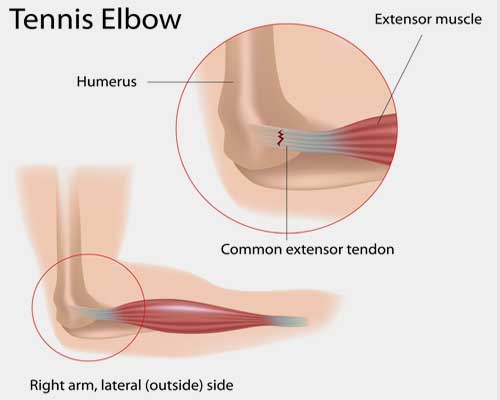
What Are Golfer’s Elbow Signs and Symptoms?
Golfer's elbow (medial epicondylitis) causes pain and inflammation in the tendons that connect the forearm to the elbow. The pain centers on the bony bump on the inside of your elbow and may radiate into the forearm. It can usually be treated effectively with rest.
Golfer's elbow is usually caused by overusing the muscles in the forearm that allow you to grip, rotate your arm, and flex your wrist. Repetitive flexing, gripping, or swinging can cause pulls or tiny tears in the tendons. Despite the name, this condition doesn't just affect golfers. Any repetitive hand, wrist, or forearm motions can lead to golfer's elbow. Risky sports include tennis, bowling, and baseball - in fact, it's sometimes called pitcher's elbow. People may also get it from using tools like screwdrivers and hammers, raking, or painting.
The primary symptom of golfer's elbow is pain that is centred near the bony knob on the inside of the elbow. Sometimes it extends all along the inner forearm. You're most likely to feel it when you bend your arm inwards or flex your wrist towards the body. In most cases, the pain becomes gradually worse.

